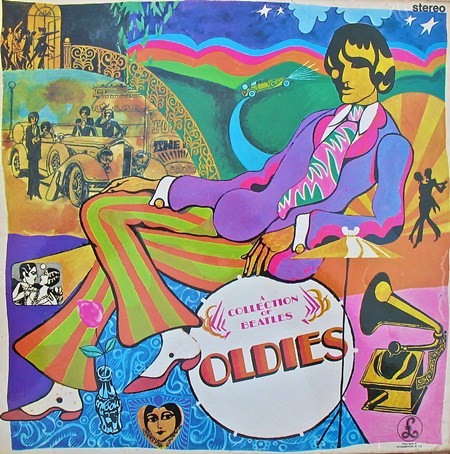
The ’Greatest Hits’-album wasn’t necessarily a bad deal back in the 60’s and the early 70’s as they would collect a bunch of popular songs not found on the artist’s regular albums. The single record was an entity unto itself. In England big guns like The Beatles and The Rolling Stones rarely or never included singles on their albums. A single normally was recorded, arranged and mixed for the 45 format only. In other words, collecting all your scratched 45s on one vinyl album was a nice solution. You’d even get the chance to listen to your favourites in stereo.
In the early 60’s the pop album was still in its infancy. Teenagers bought singles, albums were for grown-ups. This changed in 1963 with the arrival of The Beatles who’s first LP, “Please Please Me”, topped the charts for 29 consecutive weeks, finally being replaced by their second album, “With The Beatles”, which after another 21 chart topping weeks was overtaken by The Rolling Stones’ first LP.
By 1966 both The Beatles and The Rolling Stones had clocked up enough hit singles not included on regular albums to consider the release of greatest hits-collections. For once the Stones beat The Beatles to it by releasing “Big Hits (High Tide And Green Grass)” in the US in March 1966. It did good business, reaching #3 and staying in the Billboard-charts for 99 weeks. An expanded version packed in a superior sleeve was released in England in November 1966.
A few weeks later The Beatles followed suit with “A Collection Of Beatles Oldies… But Goldies!”. None of these albums were big sellers by the groups’ standards, but they opened the gate. From now on the ’Greatest Hits’ compilations would be a common sight in the LP charts.
What follows is an introduction to the first wave.
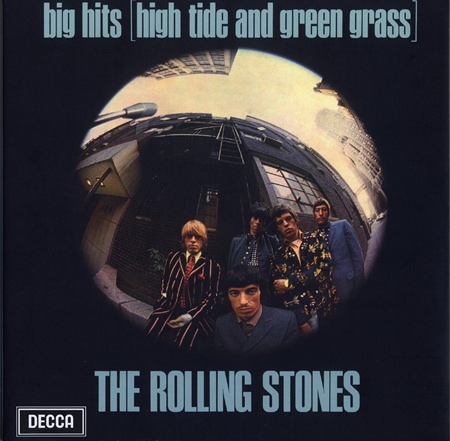
The Rolling Stones: “Big Hits (High Tide And Green Grass)” (Decca, 1966). An excellent 14 track album that collects 10 of their 11 British hit singles (omitting “I Wanna Be Your Man”) and some American favourites. Gatefold sleeve with a booklet of colour photos is wonderful.
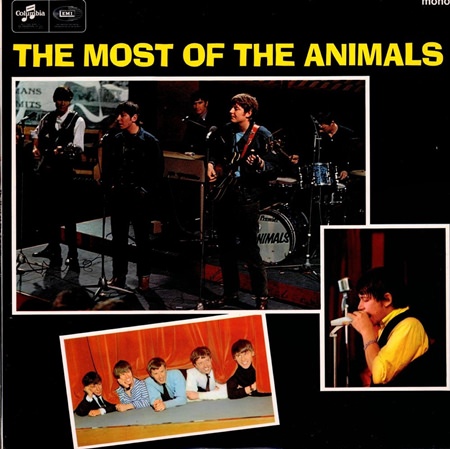
The Animals: “Most Of The Animals” (Columbia, 1966). After seven hit singles and two albums, The Animals left EMI and record producer Mickie Most for Decca. EMI responded with this 14 track compilation that includes all seven hits, some of them massive, like “House Of the Rising Sun”, “It’s My Life” and “We Gotta Get Out Of This Place”. Sold quite well this one.
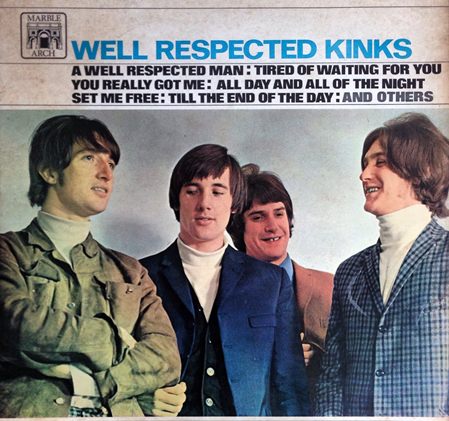
The Kinks: “Well Respected Kinks” (Marble Arch, 1966). PYE Records hated Ray Davies’ album ambitions. To them The Kinks were for kiddies. Blocking the release of the groups’ excellent “Face To Face” album for months, they rushed out this compilation on budget label Marble Arch instead. Just ten tracks, recorded in 1964 and 1965, and except for the title track not at all representative for where the group was at in 1966/67. It outsold “Face To Face”, to Davies’ annoyance.
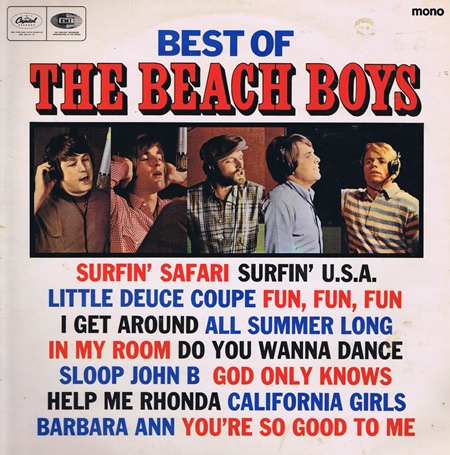
The Beach Boys: “Best Of The Beach Boys” (Capitol, 1966). The Beach Boys were new to most British ears before “Barbara Ann” hit #4 in March 1966. Then came “Sloop John B” (#2), the marvellous ‘Pet Sounds” album, “God Only Knows” (#2) and finally “Good Vibrations”, the group’s only number one hit in Britain. By the end of 1966 The Beach Boys even eclipsed The Beatles in popularity. Thus this 14 track compilation makes sense as it rounds up ten biggies from the past, unfamiliar to most British, and adds four recent 45-sides. The package plays extremely well and sold truck loads.
The Beatles: “A Collection Of Beatles Oldies… But Goldies!” (Parlophone, 1966). Value for money compilation, 16 tracks of which 13 were British hits (“Love Me Do” and “Please Please Me” are absent), 2 were crossover favourites (“Yesterday” and “Michelle”) and one (“Bad Boy”) had only been released on an American album before. Lousy sleeve, though.
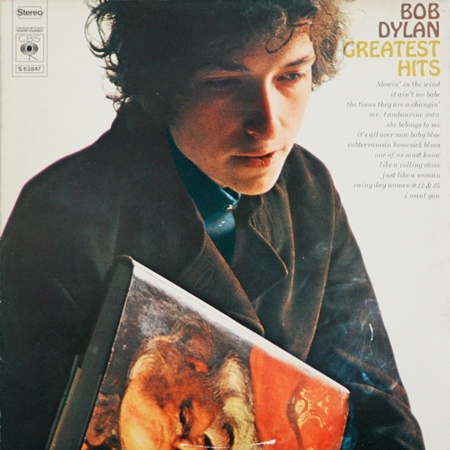
Bob Dylan: “Greatest Hits” (Columbia/CBS, 1967). Confusing release, as contents of American, British and European versions are all different. Best buy is the US version, being the only one that includes the non-album track “Positively 4th Street”.
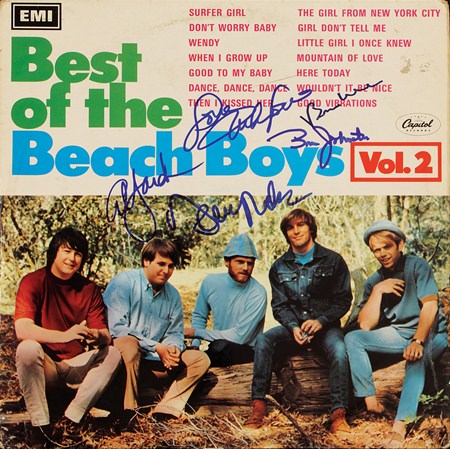
The Beach Boys: “Best Of The Beach Boys Vol. 2” (Capitol, 1967). As the group’s popularity was slowly declining, Capitol opted for yet another compilation, having more than enough from the group’s extensive back catalogue to pick from, and rounding the package off with that forever monster classic “Good Vibrations”.
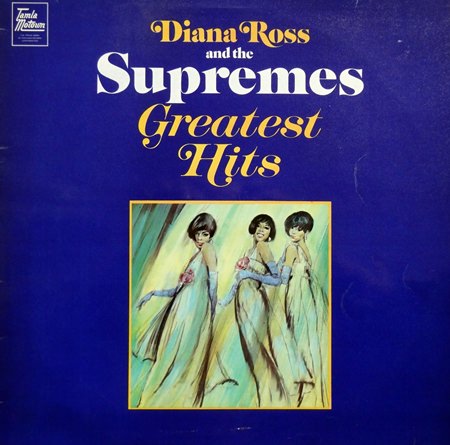
Diana Ross & The The Supremes: “Greatest Hits” (Tamla Motown, 1968). Released as a 20 track double album in the US, and a huge success. Trimmed down to a superb 16 track single album in the UK, topping the charts for six weeks. A marvellous stack of hits recorded between 1964 and 1967.
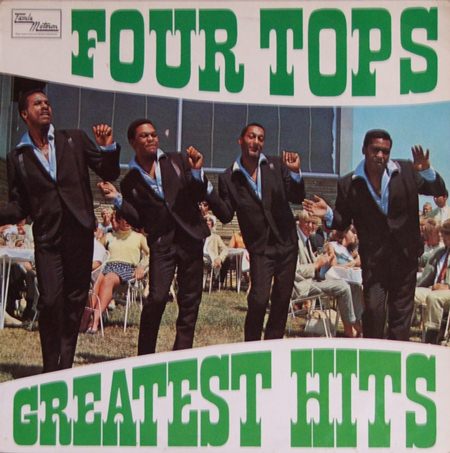
The Four Tops: “Greatest Hits” (Tamla Motown, 1968). Released simultaneously with the compilation mentioned above, same 16 track concept, and another biggie. The Four Tops were the greatest vocal group in the world at the time. Their legacy is timeless. Try “Reach Out (I’ll Be There)”, “7 Rooms Of Gloom”, “I Can’t Help Myself” and “Bernadette” for a start.
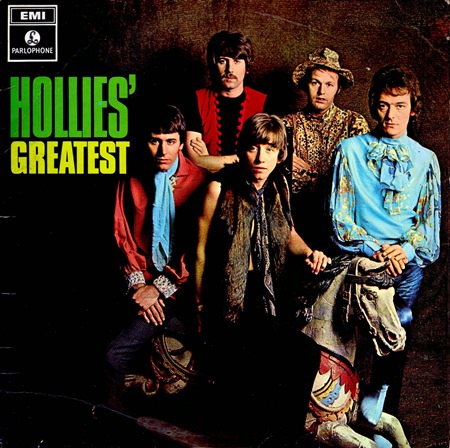
The Hollies: “Hollies’ Greatest” (Parlophone, 1968). By 1968 greatest hits albums were becoming the hip thing. It was perfect for The Hollies as they were in a tight position, Graham Nash leaving, the future uncertain. Then came this compilation collecting most of their hits (but including an alternate take of “Yes I Will” by mistake). It topped the album charts for 10 weeks, providing the group with some sorely needed breathing space, and their stock rose just when they needed it most.
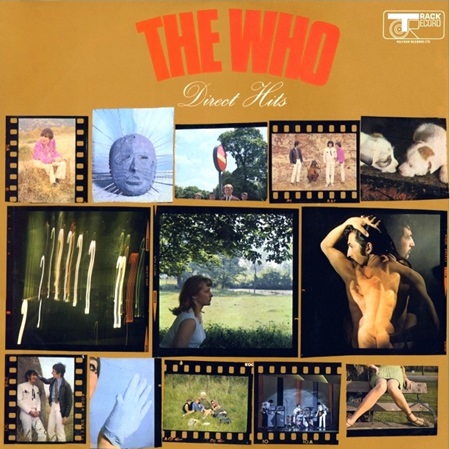
The Who: “Direct Hits” (Track, 1968). The Who of course did not play the game by the rules, so their first hits collection was eccentric as it completely ignored their Brunswick-releases from 1965-66 (for copyright reasons), focusing instead on the singles released on Reaction and Track during 1966-68, including the very odd “Dogs”. Seven A-sides, an EP track that was a hit in Sweden (?!), three B-sides and the alternate version of “Mary Anne With The Shaky Hand” only found on an American album. The rather mysterious sleeve didn’t help, and the album soon disappeared, being replaced a couple of years later by the superior “Meaty Beaty Big And Bouncy”.
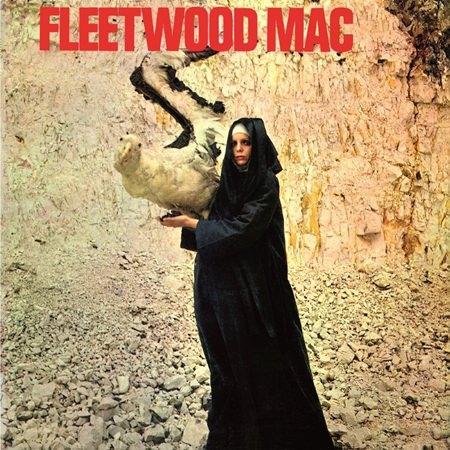
Fleetwood Mac: “The Pious Bird Of Good Omen” (Blue Horizon, 1969). As Fletwwod Mac hit the big time, they left blues label Blue Horizon for Reprise (stopping over at Immediate for the single “Man Of The World”). So Blue Horizon responded with this, a nice enough introduction to the band’s first phase. You get both sides of their four singles for the label, including the #1 “Albatross”, one track from each of their two albums, and two tracks with blues singer Eddie Boyd being backed by members of the band.
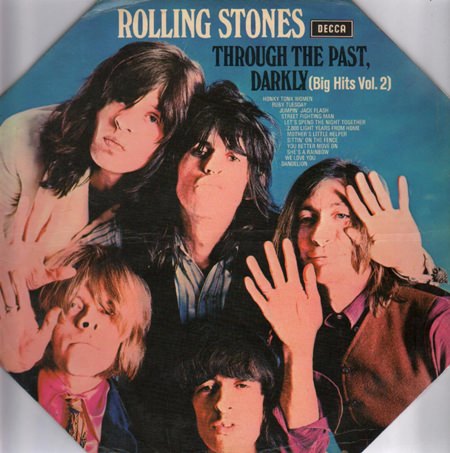
The Rolling Stones: “Through The Past Darkly (Big Hits Vol. 2)” (Decca, 1969). This one came a bit too soon as they had only released four singles since the first “Big Hits”-compilation appeared in November 1966. They solved the problem by including tracks only released as singles in the US (like “She’s A Rainbow” and “Street Fighting Man”), some strong B-sides, an EP-cut from 1964 and the 1966-demo “Sittin’ On A Fence”. Strange hybrid, but plays absolutely fantastic. Appeared in an octagonal-shaped sleeve.
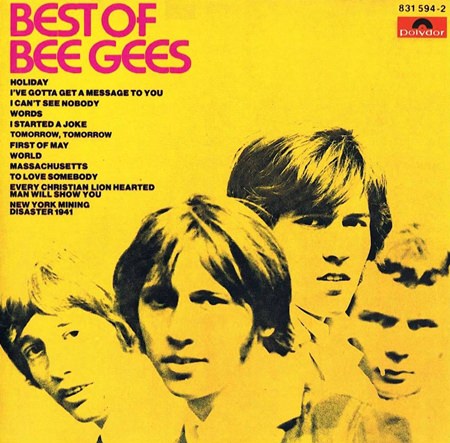
The Bee Gees: “Best Of The Bee Gees” (Polydor, 1969). They’d only been around for a couple of years, but they already had enough hits to fill an album. Impressive. Ten of the 12 tracks had been released as A-sides (including the US only “Holiday” and “I Started A Joke”), the remaining two were B-sides and should have been replaced by their “Jumbo” /”The Singer Sang His Song” double A-side from early spring 1968. They probably didn’t want to be reminded as it had bombed painfully.
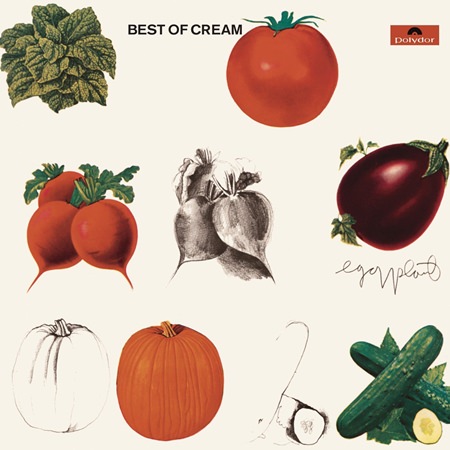
Cream: “Best Of Cream” (Polydor, 1969). Released after Cream had disbanded. As Cream always were an albums band, this compilation didn’t make much sense, although it did contain “I Feel Free” and the single edit of “White Room”.
Small Faces: “The Autumn Stone” (Immediate, 1969). Maybe the finest compilation album ever released in the 60’s. Not just a collection of hits, but also a handful of live nuggets and bits and pieces from the aborted album they were working on when the band imploded. Four sides of pure joy. How it was possible for an album containing tracks like “The Universal”, “Tin Soldier”, “Itchycoo Park”, “All Or Nothing”, “Lazy Sunday” and “Afterglow” not to chart is a mystery to me. I absolutely love “The Autumn Stone”.
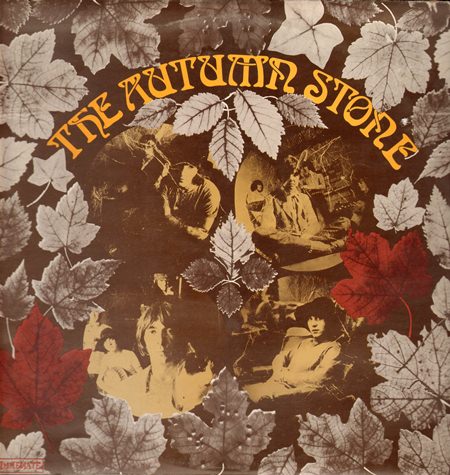
Not counting Elvis who started it all back in 1958 with “Elvis’ Golden Records”, this then was how that ‘Greatest Hits’ thing developed during the late 60’s. It was a period of transition, with the 45 record still holding its own as a piece of instant pop art. But for lasting value, the record buyers now wanted these stray recordings collected on albums as well. For some years the answer was the compilation album. Then, as songs weren’t recorded exclusively for the singles format anymore, but were just strong tracks lifted from albums, the 45 died, and ‘Greatest Hits’ compilations turned into something completely different: Stop gap releases thrown onto the market every time an artist or a band ran out of ideas.
 |
 |
 |




